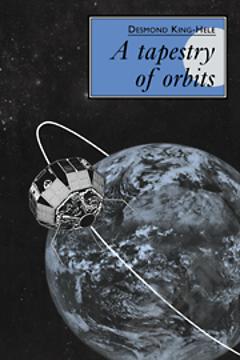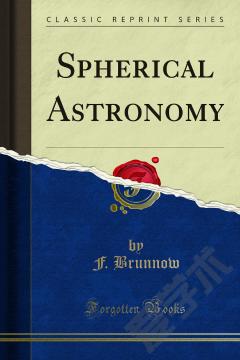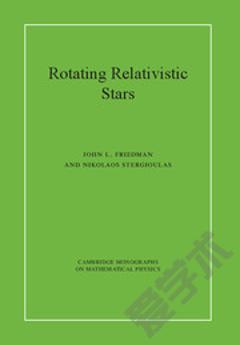Periodic Orbits
The problem of three bodies received a great impetus in 1878, when Hill published his celebrated researches upon the lunar theory. His investigations were carried out with practical objects in mind, and comparatively little attention was given to the underlying logic of the processes which he invented. For example, the legitimacy of the use of infinite determinants was assumed, the validity of the solution of infinite systems of non-linear equations was not questioned, and the conditions for the convergence of the infinite series which he used were stated to be quite unknown. These deficiencies in the logic of his work do not detract from the brilliancy and value of his ideas, and his skill in carrying them out excites only the highest admiration.The work of Hill was followed in the early nineties by the epoch-making researches of Poincare, which were published in detail in his Les Methodes Nouvelles de la Mécanique Céleste. Poincare brought to bear on the problem all the resources of modern analysis. The new methods of treating the difficult problem of three bodies which he invented were so numerous and powerful as to be positively bewildering. They opened so many new fields that a generation will be required for their complete exploration. On the one hand, the results were in the direction of purely theoretical considerations, in which Birkoff has recently made noteworthy extensions; on the other hand, they foreshadowed somewhat dimly methods which will doubtless be of great importance in practical applications in celestial mechanics. The researches of Poincare are scarcely less revolutionary in character than were those of Newton when he discovered the law of gravitation and laid the foundations of celestial mechanics.In 1896 Sir George Darwin published an extensive paper on the problem of three bodies in Acta Mathematica. In mathematical spirit it was similar to the work of Hill; indeed, the methods used were essentially those of Hill, but the problem treated was considerably different. For a ratio of the finite masses of ten to one, Darwin undertook to discover by numerical processes all the periodic orbits of certain types and to follow their changes with varying values of the Jacobian constant of integration. This program was excellently carried out at the cost of a great amount of labor. It gave specific numerical results for many orbits in a particular example.The investigations contained in this volume were begun in 1900 and, with the exception of the last chapter, they were completed by 1912. Those not made by myself were carried out by students who made their doctorates under my direction.
{{comment.content}}








 京公网安备 11010802027623号
京公网安备 11010802027623号